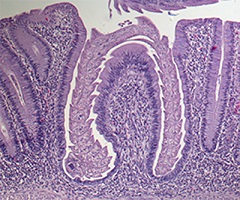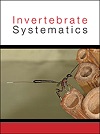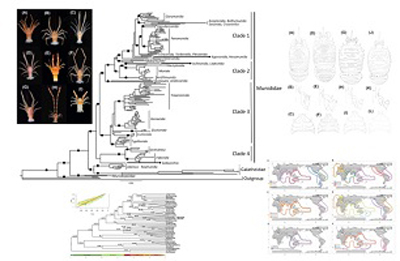
Eniochobothriids, which parasitise soley cownose rays, are particularly intriguing because of their mode of attachment and lack of a vagina. New collections from around the globe yielded substantial, previously unrecognised diversity. Supported by molecular sequence data, a new genus is erected and six new species are described. The mode of attachment for the family is described. Given the limited spectrum of hosts for members of the family, its diversity is predicted not to exceed 27 species globally.







